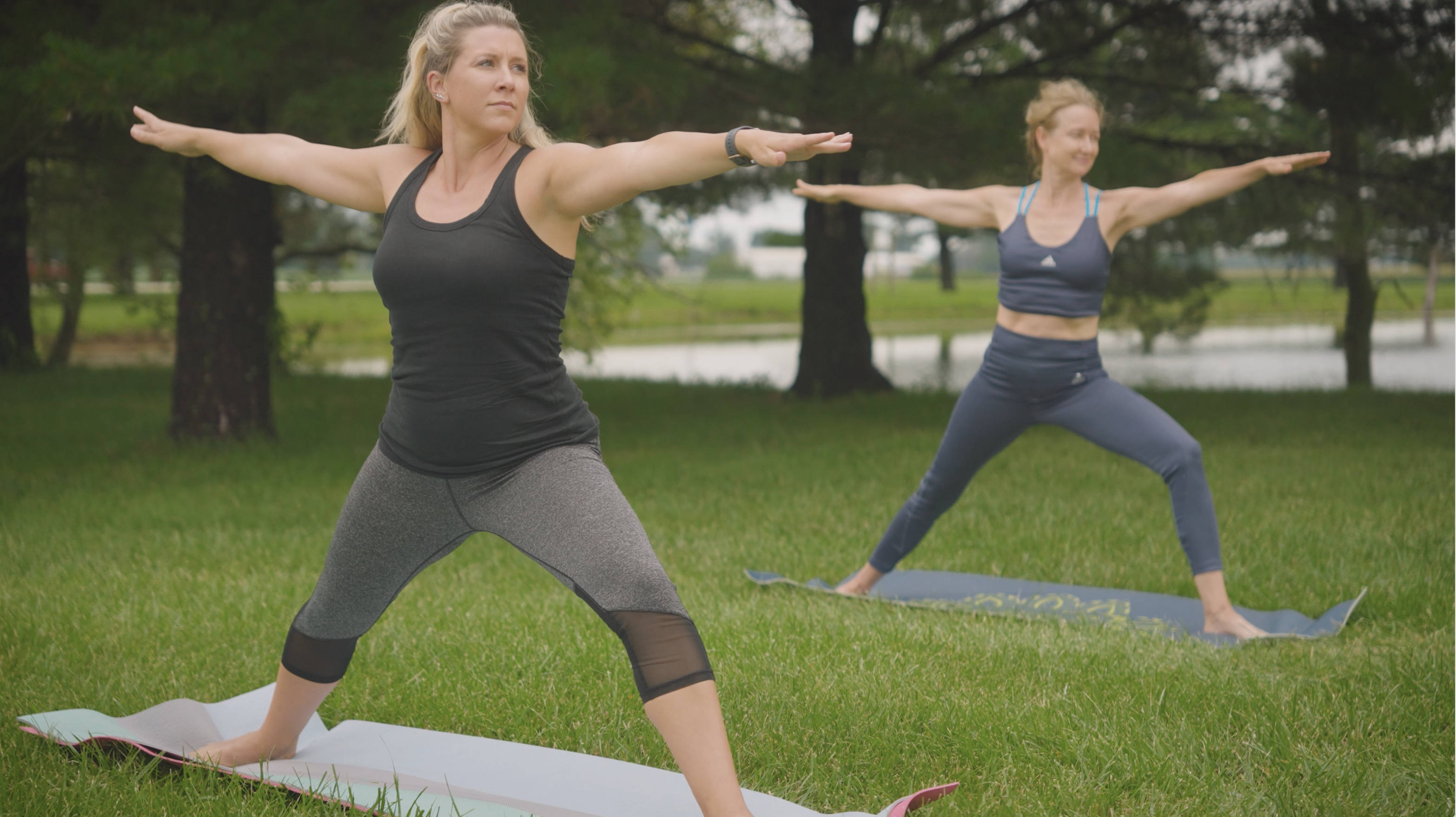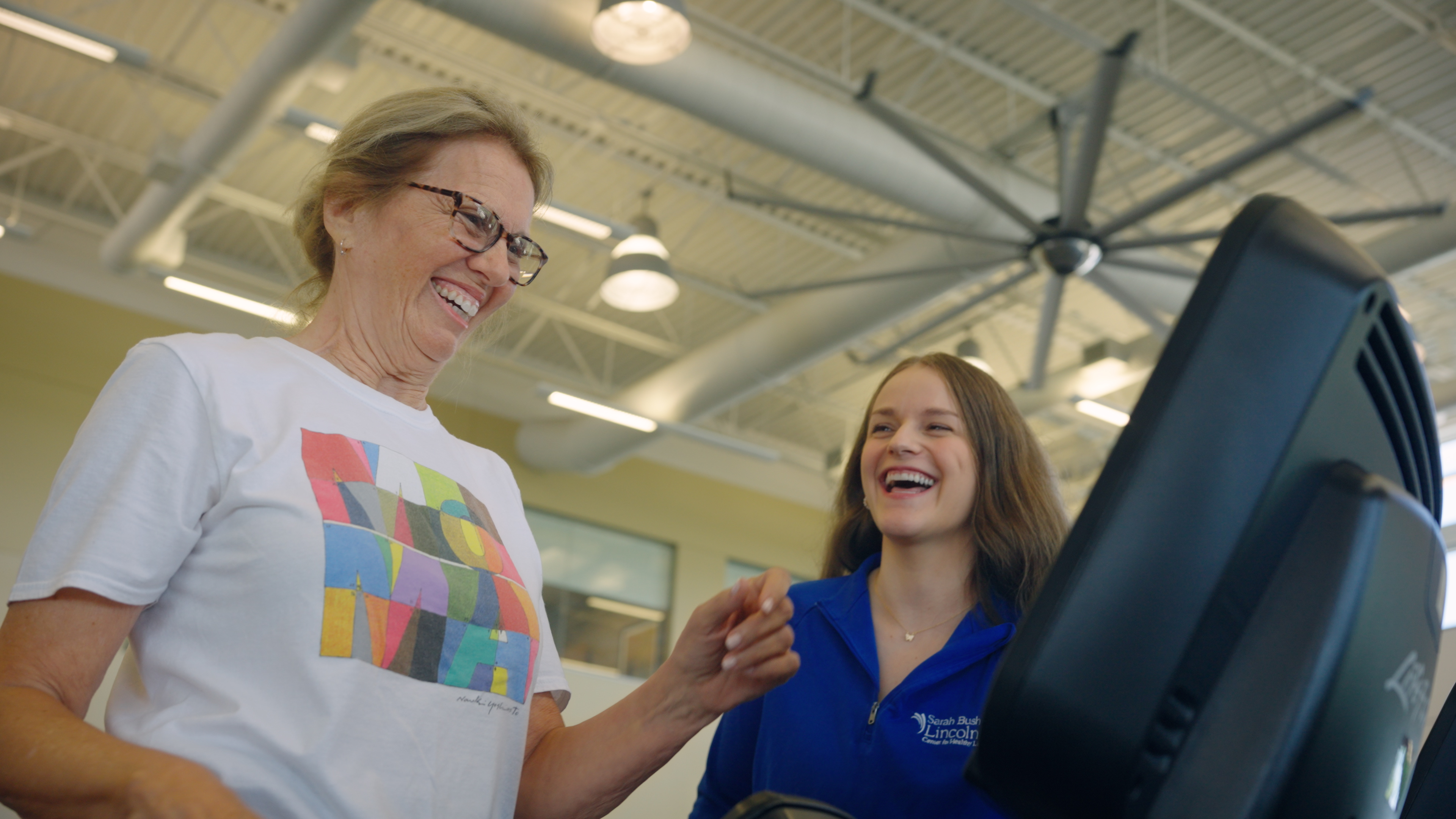Fractures
A fracture is a partial or complete break in the bone. When a fracture happens, it’s classified as either open or closed:
- Open fracture (also called compound fracture): The bone pokes through the skin and can be seen, or a deep wound exposes the bone through the skin.
- Closed fracture (also called simple fracture). The bone is broken, but the skin is intact.
Fractures have a variety of names. Here is a listing of the common types that may happen:
- Greenstick. This is an incomplete fracture. A portion of the bone is broken, causing the other side to bend.
- Transverse. The break is in a straight line across the bone.
- Spiral. The break spirals around the bone; common in a twisting injury.
- Oblique. The break is diagonal across the bone
- Compression. The bone is crushed. This causes the broken bone to be wider or flatter in appearance.
- Comminuted. The bone has broken into three or more pieces and fragments are present at the fracture site.
- Segmental. The same bone is fractured in two places, so there is a “floating” piece of bone.
What causes fractures?
- Fractures most often happen when more force is applied to the bone than the bone can take. Bones are weakest when they are twisted.
- Bone fractures can be caused by falls, trauma, or as a result of a direct blow or kick to the body.
- Overuse or repetitive motions can tire muscles and put more pressure on the bone. This causes stress fractures. This is more common in athletes.
- Fractures can also be caused by diseases that weaken the bone, such as osteoporosis or cancer in the bones.
For more information or to schedule an appointment, call:
- SBL Bonutti Clinic at 217 342-3400, or
- SBL Orthopedics & Sports Medicine at 217 238-3435
For more information on this topic, visit our Health Library.









